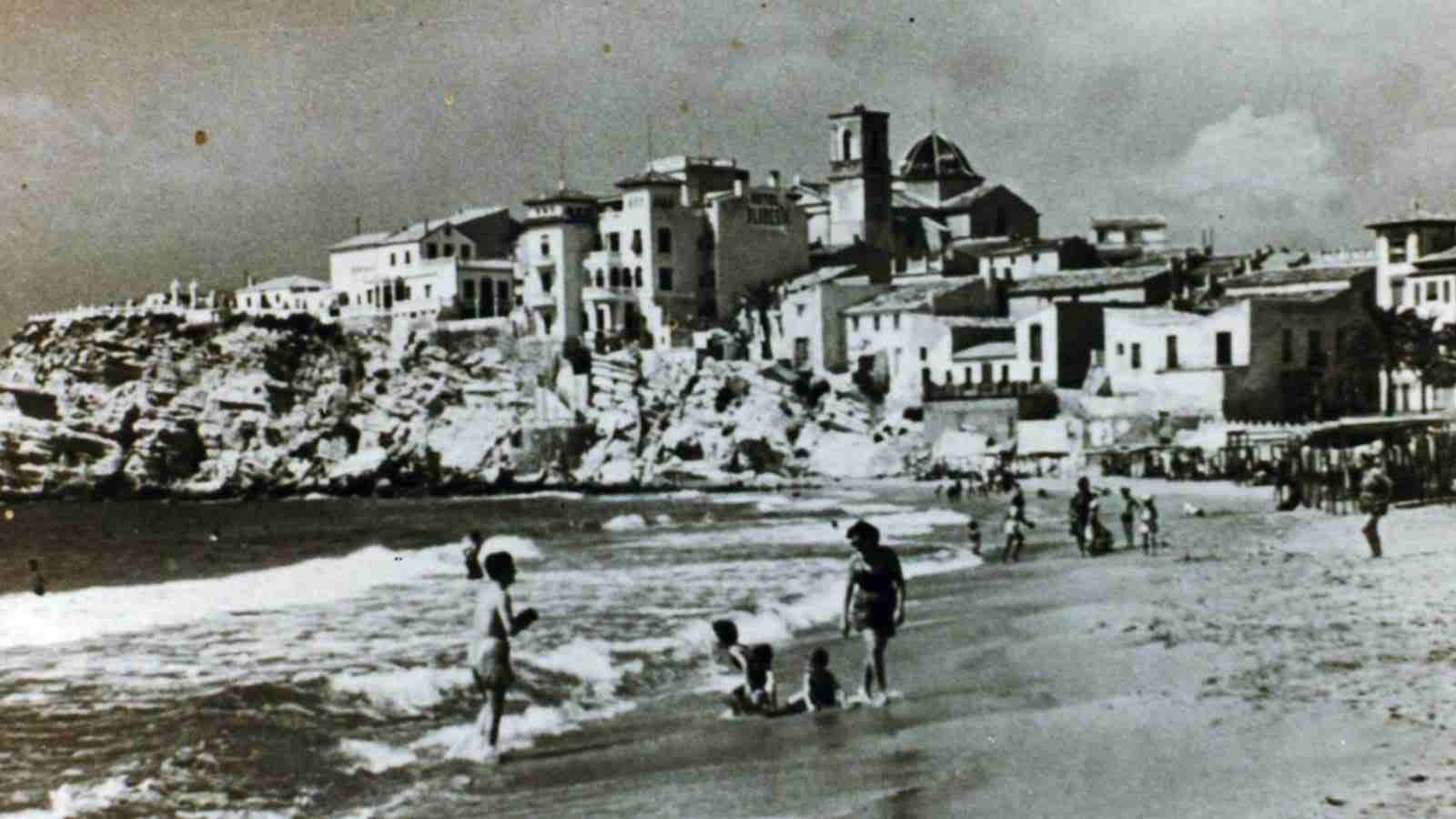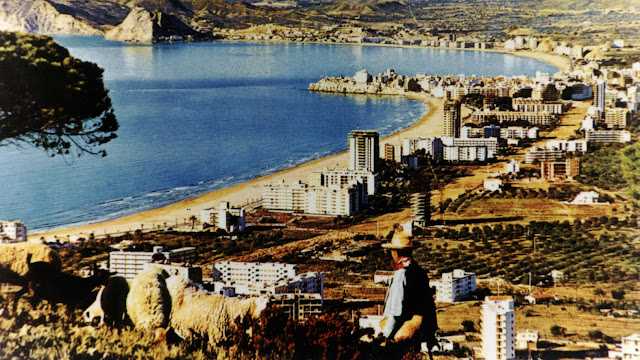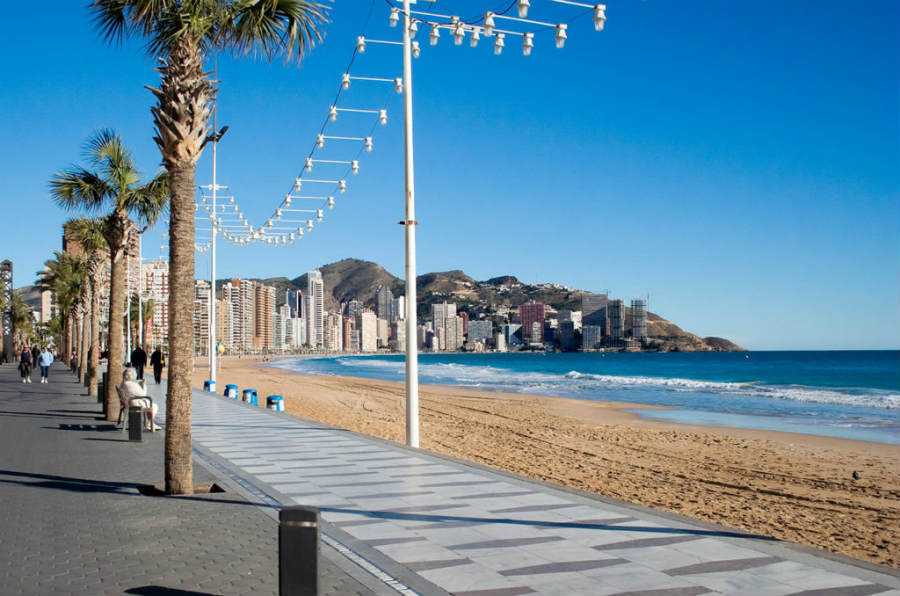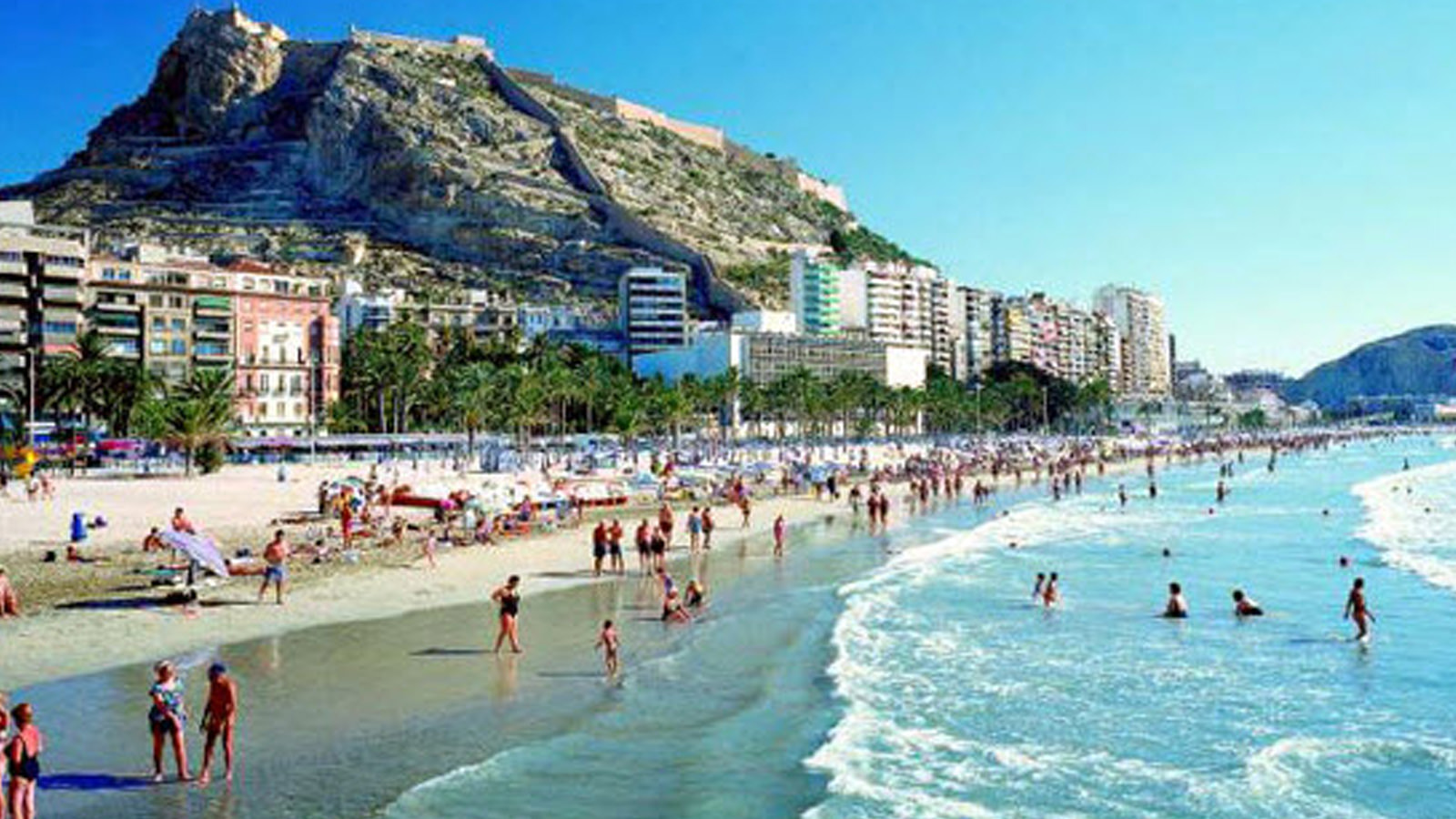The Fascinating History of Benidorm: From Fishing Village to Tourist Hotspot
Learn about Benidorm and the history of Benidorm and how it has become one of the most popular Spanish holiday resorts for people in the UK.
Benidorm, a coastal town located on the Costa Blanca in Spain, is renowned as a major tourist resort that attracts over 500,000 visitors each year. But behind its modern façade lies a rich and vibrant history that spans centuries. From its humble beginnings as a fishing village to its transformation into a thriving tourism destination, the story of Benidorm is one of resilience, adaptation, and growth. Join us as we delve into the fascinating history of Benidorm and explore its journey from a small Spanish town to a bustling holiday mecca.
A Glimpse into the Ancient Past Of Benidorm
Early Settlements and the Influence of Phoenicia and Rome
The roots of Benidorm’s history can be traced back to ancient times. Archaeological evidence reveals the presence of an Iberian settlement at Tossal de la Cala in the Poniente area, indicating the town’s ancestral connection with fishing. Additionally, artifacts such as a head of the Phoenician goddess Tanith and a Roman villa at El Moralet provide further insight into the town’s ties with Phoenicia and Rome.
Benidorm’s Foundation and Growth

Benidorm Charter and the Challenges of Pirate Raids
In 1325, Benidorm received its town charter, also known as the Carta Pobla, from Bernat de Sarria. Initially dedicated to fishing and some agriculture, the town faced challenges from pirate raids that led to depopulation. Only the fishermen’s huts remained on the beaches as they sought refuge on nearby islands.
Rebirth and Prosperity of Benidorm in the 17th and 18th Centuries
Despite the setbacks caused by pirate attacks, Benidorm experienced a period of rebirth and prosperity in the 17th and 18th centuries. Beatriz Fajardo established the Rec Major de l’Alfas and granted a new Carta Pobla in 1666, leading to the transformation of Benidorm through irrigation. The discovery of the Patron Saint, the Virgin of the Suffrage, in 1740 further contributed to the town’s growth.
Read:Best Things To Do in Benalmadena Spain
French Occupation and the Rise of Coastal Shipping
In 1812, Benidorm was occupied by the French, who granted it the title of “City of the Emperor.” However, the English stormed the castle during the War of Independence, marking a turning point for the town. After the conflict, Benidorm experienced another period of prosperity, thanks to the boom in coastal shipping. The town’s seamen were granted letters of marque and created a coastguard service.
Benidorm’s Transformation into a Tourist Resort

The Emergence of Benidorm as a Tourist Destination
In the mid-19th century, Benidorm began to emerge as a tourist destination. Pascual Madoz, in his Geographic Historic Statistical Dictionary, highlighted the town’s mild climate and its potential as a tourist resort. The opening of the Hostal La Mayora in 1865 marked the first permanent tourist establishment, followed by the opening of the Balneario Virgen del Sufragio in 1870, the town’s first bathing house.
Benidorm Transportation Improvements and the Arrival of Tourists
Improved transportation links played a crucial role in the growth of tourism in Benidorm. The arrival of the highway connecting Alicante with Valencia in 1880, along with the introduction of the “trenes botijo” railway that brought the first summer visitors from Madrid and Alcoy, further facilitated the influx of tourists. The 1920s saw the first overbooking in the town, indicating the increasing popularity of Benidorm as a tourist destination.
The Vision of Pedro Zaragoza Orts and the Birth of High-Rise Benidorm
The late 1950s and early 1960s marked a significant turning point in Benidorm’s history. Pedro Zaragoza Orts, the town’s mayor, had a visionary plan for the transformation of Benidorm. In 1956, Spain’s first General Urban Development Plan was approved for the entire town, setting the stage for the high-rise Benidorm we see today. Zaragoza Orts also played a crucial role in promoting the town through initiatives like the Song Festival, which helped establish Benidorm’s tourist image.
The Arrival of Mass Tourism and Benidorm’s Continued Growth
The arrival of mass tourism in the late 1960s and early 1970s propelled Benidorm’s growth to new heights. Charter flights from tour operators brought Swedish and British tourists to the town, and the opening of Alicante’s El Altet airport in 1967 further revolutionized tourism in Benidorm. The construction of the A-7 highway in 1975 connected Benidorm to the rest of Europe, leading to a surge in visitors from France, Germany, Denmark, Belgium, Switzerland, the Netherlands, and the United Kingdom.
Benidorm Today: A Thriving Tourism Destination

A Diverse and Resilient Tourism Industry
Today, Benidorm stands as a testament to its remarkable transformation. It has successfully diversified its tourism offerings, incorporating theme parks, golf courses, health and beauty facilities, sports activities, and business conventions. Benidorm’s adaptability and commitment to meeting the changing demands of travellers have enabled it to remain a competitive and leading tourism destination in Spain.
Preserving Benidorm’s Heritage and Authentic Spanish Culture
While Benidorm is known for its modern skyline and vibrant tourist scene, it also boasts a rich cultural heritage. The Old Town, with its cobblestone streets, blue-domed church, and white houses, offers a glimpse into the authentic Spanish charm of Benidorm. Tapas Alley, a popular spot in the Old Town, provides an opportunity to savour authentic Spanish cuisine and soak up the lively atmosphere. Additionally, Benidorm hosts over 55 fiestas each year, allowing visitors to immerse themselves in the local culture and traditions.
Looking Ahead: Benidorm’s Promising Future

As Benidorm continues to evolve and adapt, its future looks promising. The town’s commitment to maintaining high occupancy levels throughout the year, along with ongoing improvements in infrastructure and amenities, ensures that it remains a top choice for tourists seeking sun, sea, and a vibrant holiday experience. With its fascinating history and dynamic present, Benidorm is a town that seamlessly blends tradition with modernity, making it a truly unique and captivating destination.


